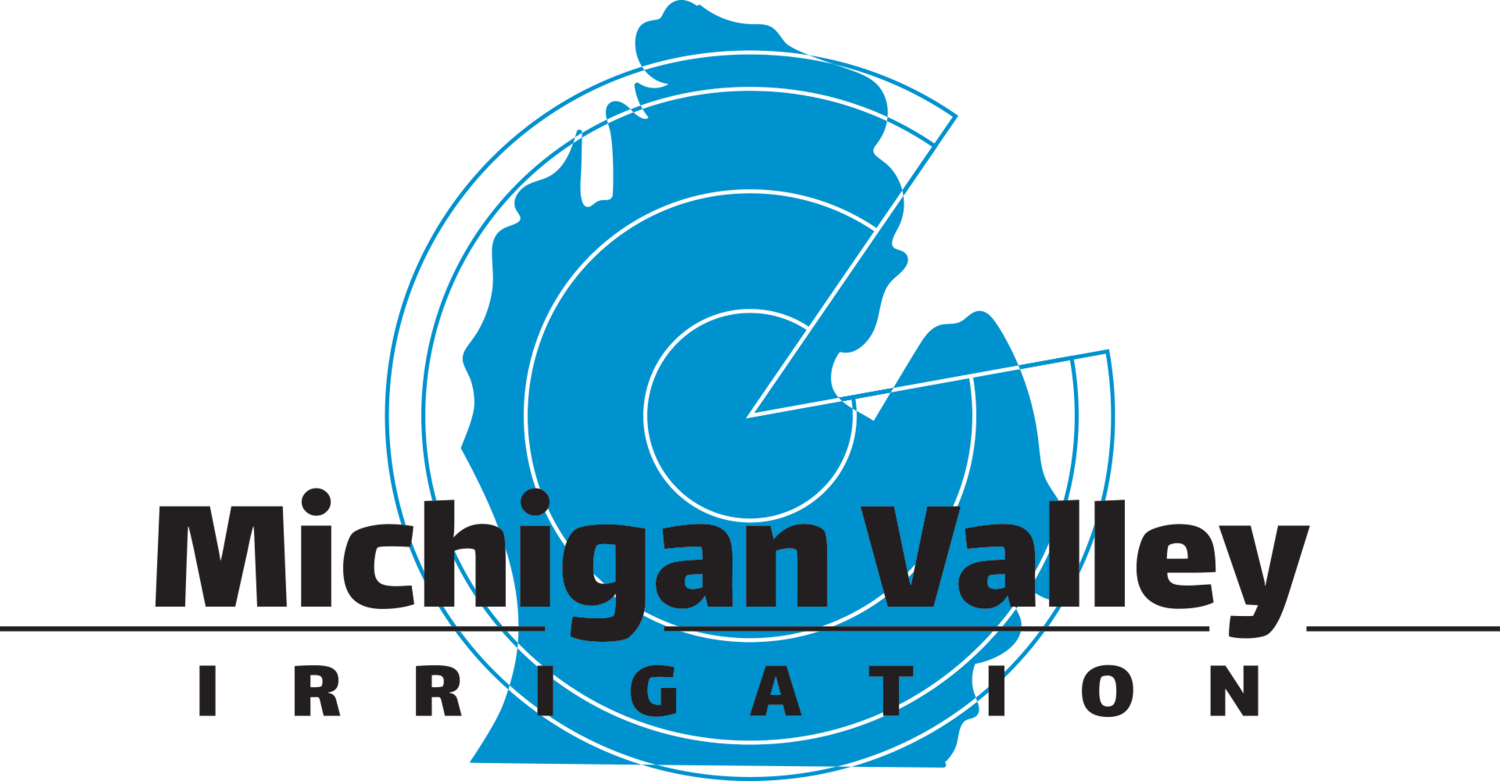Get the Infrastructure Right On Your Center Pivot Irrigation System!
Center pivot irrigation should be considered an investment in your real estate. With lifetimes of forty years or more, for quality pivot systems, it really is more like a building or storage structure than equipment. History has shown that center pivot irrigation systems may add value to your real estate, nearly dollar for dollar including wells and buried pipe and wire.
The main focus of this article is to encourage you to think long term and consider the best plan for utilization of infrastructure. I’m talking about your water and power sources and the paths that connect them to one or hopefully more center pivots. A carefully planned project will strategically have pipe and wire sized to accommodate maximum acres watered from the original water and power supplies. Few things are more frustrating than having to upsize and rebury new or additional runs of pipe and wire to supply a new machine within only a year or two after the original project was completed.
Friction losses in waterlines and voltage drops in wire are very real!
Project Example of the Impact of Friction Loss
Following is a 3 Phase Project where the farmer put in a well near the road with intentions to purchase and install a pivot labeled phase 1 and possibly add the pivot in phase 2 in the future, with no real thoughts of phase 3.
When planning for water volume, we recommend 5 gallons per minute per acre, if possible, to cover plant demands at peak time during a drought situation. The well was installed with a pump to provide 600 gallons per minute with a discharge pressure of 70 PSI.
The plan was to water 72 acres under the full turn pivot in phase 1 and potentially water an additional 44 acres with the half turn machine to the north in phase 2. With 6 inch PVC pipe carrying the water from the well to pivot one for 1460 feet and then an additional 1720 feet to the half turn machine, friction losses were calculated to be 30 PSI. This will reduce the pressure at the second pivot point to 40 PSI. With both systems being low pressure, regulated systems this is adequate.
A couple of years later the field to the north was acquired, adding another 70 acres to the system. Now with 186 acres to water, the demand rose to 930 gallons per minute to achieve the 5 gallons per minute per acre. The friction losses in the buried 6 inch pipe at 900 gallons per minute, just to get the water to the phase 2 half turn now total 56 PSI. When deducting that from the 70 PSI at discharge, it only leaves 14 PSI. Based on our map, we still have another 2,265 feet to travel to pivot number 3. This pressure will be too low to provide adequate pressure to run the third pivot. Not only do we need more water, either a larger pump or a bigger well, or both, the buried 6” pipe is too small to handle the requirements. Friction losses at 900 gallons per minute would only be 20 PSI at the 2nd pivot if 8” pipe has been used instead of 6” pipe.
It is also important to consider potential options for applying water and the necessary pressures to operate those systems. For example, hard hose travelers will generally operate at higher pressures than center pivots. If you may be utilizing your pipeline for both a pivot and a hard hose traveler, you will likely need to install pipe that is designed to handle higher operating pressures. The majority of our projects at Michigan Valley require either 100 pound rated or 160 pound PVC pipe, but other options are available. Ask questions and work with a reliable dealer that will design the proper system with the appropriate materials.
Electricity and wire size operate in a similar fashion. The larger the amp draw and longer the distance, the larger the wire needs to be to safely operate electric motors. For this reason, we recommend that the largest motor in the system, usually the well motor, be located close to the power supply. (Shortest distance for largest draw.)
While none of us know exactly what the future will hold and where we may decide to add center pivot systems to an existing infrastructure, it pays to ask. Plan ahead, consider future developments, and invest in a more robust infrastructure early on and you will be time and money ahead in the long run.
About the Author
Pete is the marketing manager for Michigan Valley Irrigation, having joined the company in 2016. He was raised on a dairy farm in western New York and graduated from Cornell University with a B.S. in agricultural economics. His entire working career of over 37 years has been involved in agriculture. A farmer helping farmers. When away from Michigan Valley he operates, Joyful Noise Farm, a small livestock and produce farm and spends time with his family.





